Luca Pacioli, born in 1447 in Italy, is recognized as the father of accounting for introducing double-entry accounting methods. His innovation greatly benefited investors, lenders, and financial institutions to enhance profitability.
Table of Contents
Luca Pacioli, born in 1447 in Italy, is widely considered to be the Father of Accounting. He introduced the concept of double-entry accounting which helped Investors, lending institutions, commercial companies and financial institutions to run their operations, increasing productivity and profitability.
Father of Accounting: Luca Pacioli
Luca Pacioli is generally referred to as the father of accounting because he laid the foundation of some exemplary accounting concepts and his emphasis on the systematic recording of financial transactions, use of a balance sheet, income statement forming the basis for accounting principles that are relevant even today.
| Particulars | Highlights |
| Full Name | Fra Luca Bartolomeo de Pacioli |
| Birth | 1445, Sansepolcro, Italy |
| Death | 1517, Sansepolcro, Italy |
| Field of Study | Accounting |
| Significant Contributions | Summa de arithmetica, Divina proportione, double-entry bookkeeping |
| Title | Father of Accounting |
Biography of Luca Pacioli
Luca Pacioli, born in 1447 is considered to be the father of accounting and was the first one to fully explain the double-entry accounting method.
- He was a Franciscan monk and Italian mathematician who worked with Leonardo da Vinci (who also studied under Pacioli).
- His 27-page thesis on double-entry accounting and business, the Summa, is regarded by many accountants as his most significant contribution.
- Along with the fundamentals of double-entry accounting, Pacioli also provided a novel and largely overlooked method of teaching.
- During the Italian Renaissance, Luca Pacioli created works for the double-entry accounting system based on Venetian business practices.
Also Read: Who is the Father of Mathematics?
Works of Luca Pacioli
Accounting history is an industry that has pushed global progress for ages. Science has been significantly advanced by a number of people. The majority of Luca's definitions of accounting terms and cycles are still in use today.
- Some of father of accounting’s (Luca Pacioli) works include journals, ledgers, year-end closing dates, trial balances, cost accounting, accounting ethics, Rule 72 (which was developed 100 years before Napier and Briggs), and a significant amount of work on the double entry accounting system.
- Luca Pacioli described double-entry accounting which was then used in some regions of Italy and this explanation had a big impact on accounting practice.
- This changed how businesses run their operations, increasing productivity and profitability.
- Summa's accounting part was the global accounting textbook up to the middle of the 16th century.
- Investors, lending institutions, commercial entities, and all other users of financial information, as well as accounting practitioners in public accounting, industry, and non-profit organizations, use Luca Pacioli's accounting techniques.
- The complete published works of Luca Pacioli are kept in the Chartered Accountants' Hall's ICAEW Library.
- Popular excerpts from Pacioli's writings, are "Summa de arithmetica" and "Divina proportione."
Also Read: Who is the Father of Chemistry?
Luca Pacioli: Summa de Arithmetica
Following his studies in Milan, the father of accounting started traveling, giving lectures at various colleges, and writing several books on mathematics.
- Summa de Arithmetica was the first book to be written on double-entry bookkeeping.
- All the mathematical ideas, including those in arithmetic, algebra, geometry, trigonometry, and, of course, accounting, would be summarized in the Summa.
- Although Pacioli's original beliefs were not the only ones used to create the book, his summary of the double-entry accounting method paved the way for the 500+ years of bookkeeping that would come after his time.
Double-Entry Accounting
Luca Pacioli described the accounting cycle and double-entry accounting in the Summa.
- Based on the usage of balance sheets, income statements, trial balances, and debits and credits by Venetian merchants he described the double-entry accounting system.
- Double-entry accounting is a type of bookkeeping that is widely used nowadays to keep track of where money comes from and goes on a general ledger.
- In Double-Entry Accounting we record every "debit" and "credit" in a ledger to make sure their total balance is correct.
- Common terms used by modern accountants and small business owners are:
-
- Capital income
- Assets
- Expense accounts
- Liabilities
- Trial balances
- As per the father of accounting, we should find the correct amounts for both debits and credits until their debits and credits were equal.












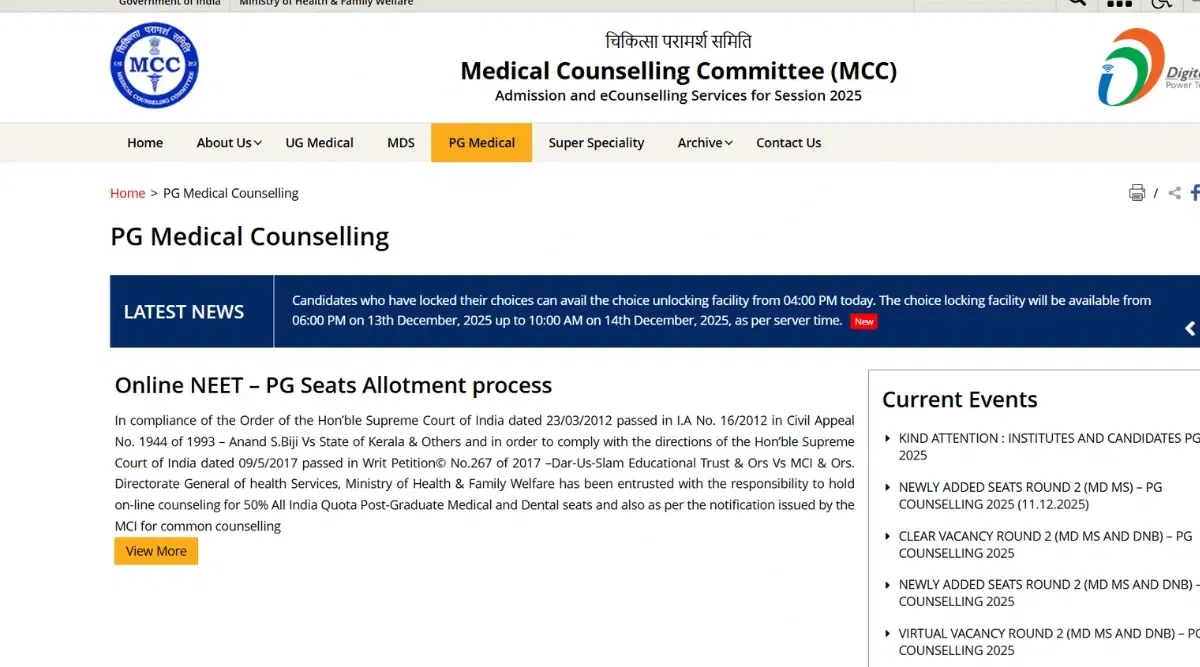


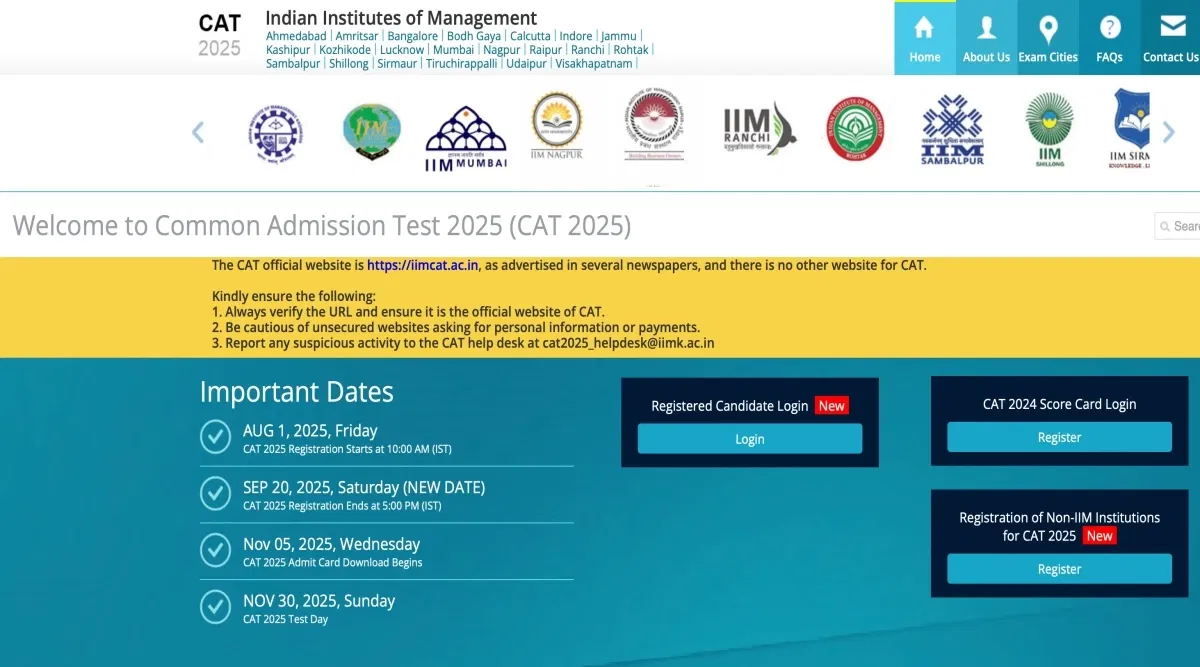



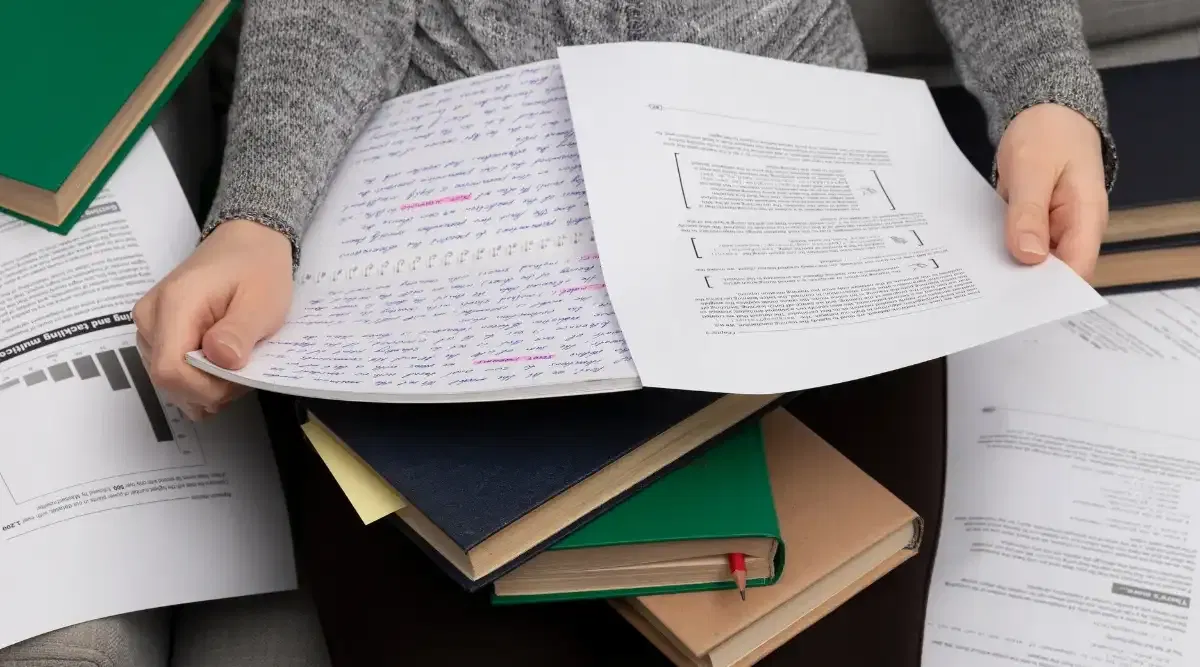
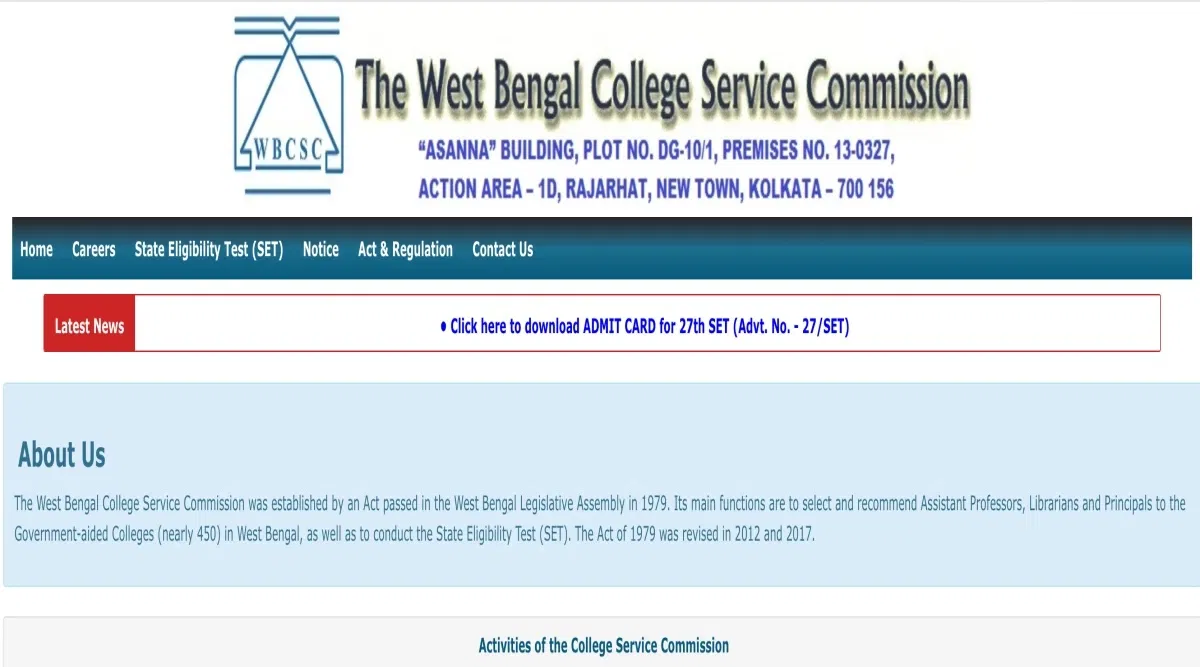
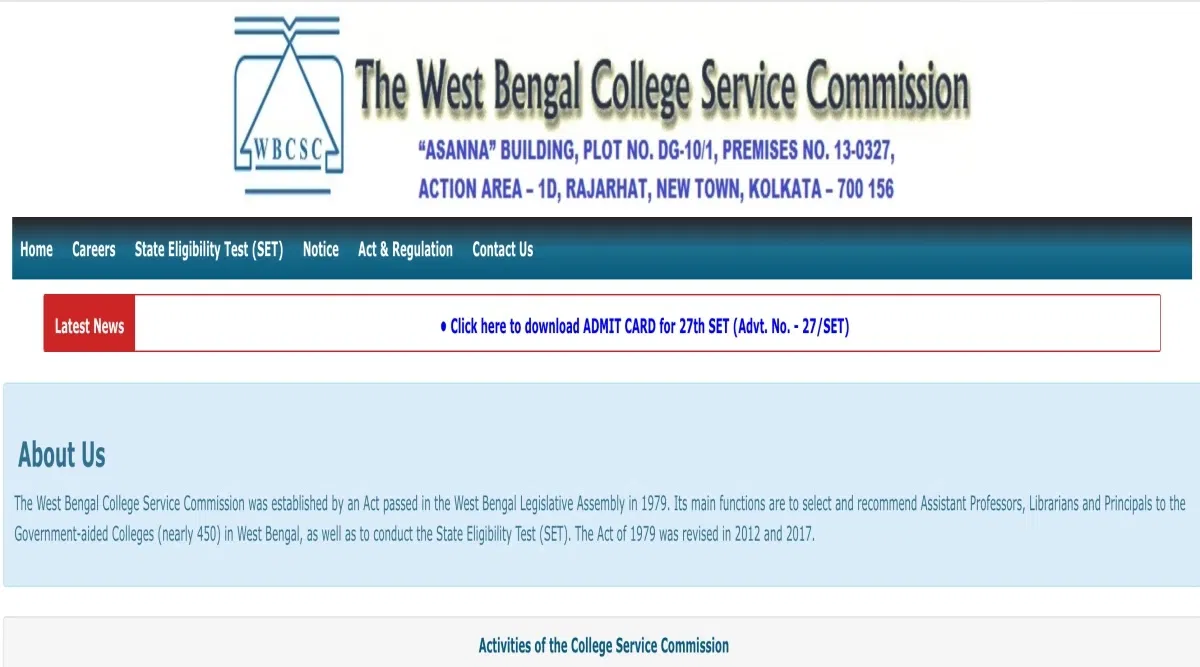

POST YOUR COMMENT